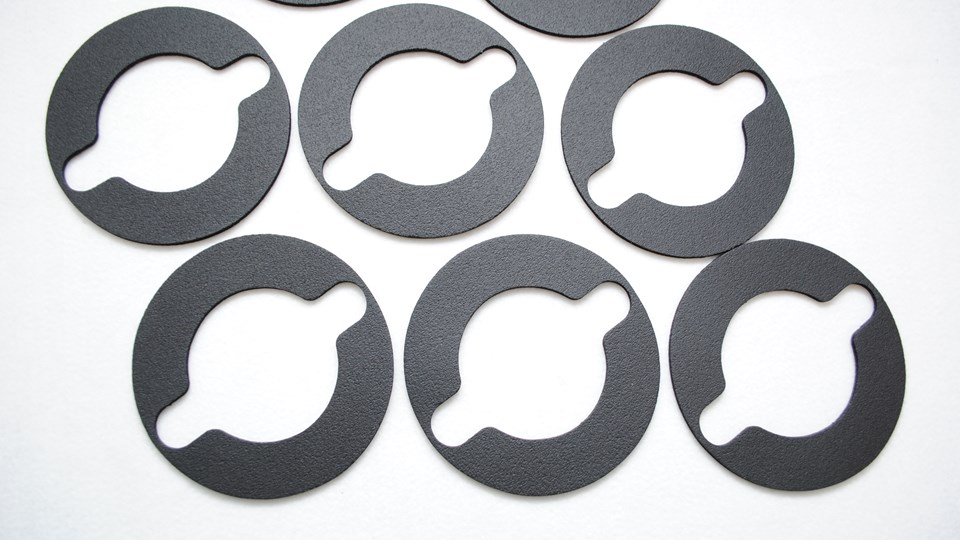5 Common Foams That Can Stop Your Buzz, Squeak, and Rattle [Infographic]

Every driver has experienced it; every automotive manufacturer wants to prevent it. Buzz, squeak, and rattle (BSR).
These noises are what is left after manufacturers make every effort to maximize safety and function. One simple solution to this problem is foam.
But with many options available, choosing a particular foam might not be quite as simple. Here is a breakdown of the five most common foams used to eliminate BSR:
1. Silicone
This synthetic material has the highest cost but also the highest performance. Silicone is resistant to water, ultraviolet rays, and ozone. It has a 460 degree service temperature range with its minimum falling at negative 60 degrees Fahrenheit and its maximum at 400. This foam type has poor adhesive coating characteristics and a very low compression set.
2. Neoprene/EPDM Blend (Ethylene Propylene Diene Monomer)
This synthetic rubber falls in the middle in terms of cost. The neoprene/EPDM blend is highly resistant to water, ultraviolet rays, acids, and ozone while it has low resistance to oil and petroleum-based fuels. It has a 350 degree service temperature range with its minimum falling at negative 65 degrees Fahrenheit and its maximum at 250. This blend has poor adhesive coating characteristics and a medium compression set.
3. PVN (Polyvinyl Nitrile)
This foam costs a moderate amount. PVN is resistant to fuel, oil, and acids and has effective shock absorption. It has a 220 degree service temperature range with its minimum falling at negative 40 degrees Fahrenheit and its maximum at 180. This foam type has excellent adhesive coating characteristics and low compression set.
4. XLPE (Cross-Linked Polyethylene)
This foam type is low in cost. XLPE is resistant to mildew, mold, rot, bacteria, and chemicals. It has a 200 degree service temperature range with its minimum falling at negative 40 degrees Fahrenheit and its maximum at 160. This foam has excellent adhesive coating characteristics and low compression set.
5. PVC (Polyvinyl Chloride)
This foam type is very economical in terms of cost and is appropriate for general-purpose projects. PVC is highly resistant to weather, oxidation, and fungi. It has a 240 degree service temperature range with its minimum falling at negative 40 degrees Fahrenheit and its maximum at 200. PVC has excellent adhesive coating characteristics and very low compression set.
Don’t let that buzz, squeak, or rattle go unfixed. Contact us today with any questions you have, and we’ll help you identify the material that’s right for you.